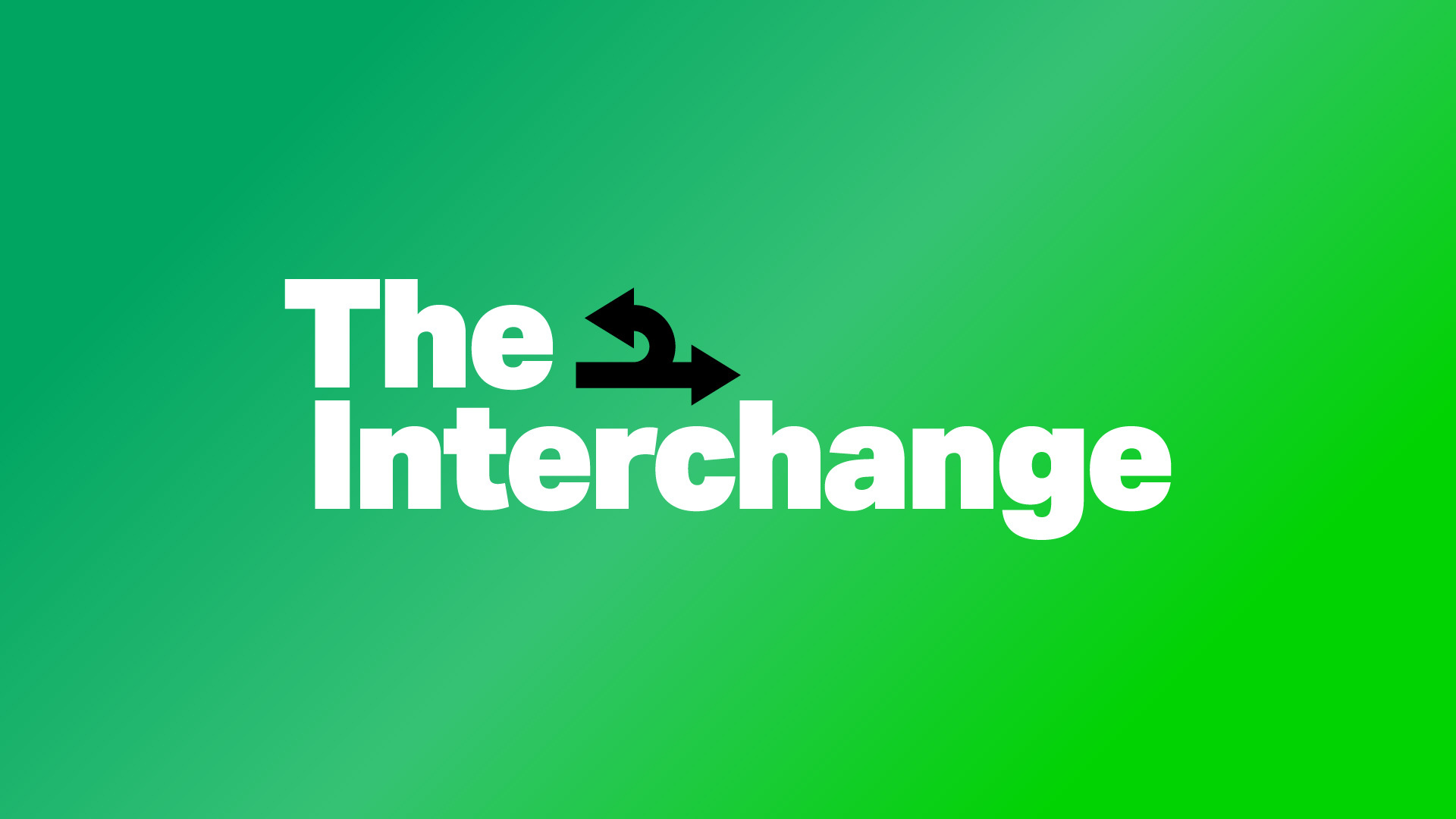Welcome back to The Interchange, where we take a look at the hottest fintech news of the previous week. Better.com finally went public last week, and the stock’s performance was worse than expected. Affirm, on the other hand, saw its shares get a boost on the back of a better-than-expected earnings report. There was also a mega-raise, and an acquisition too. On another note, if you want to receive The Interchange directly in your inbox every Sunday, head here to sign up!
Better.com finally went public
The biggest fintech news of the week centered around Better.com’s no good, very bad public market debut. Or as my friend and colleague Alex Wilhelm described it, Better.com had a Miserable.com week.
To sum it up, digital mortgage lender Better.com made its public debut on August 24. To no one’s surprise, the stock wasn’t exactly a hit with public investors. In fact, it was a resounding bomb. As of Friday, August 25, the stock had closed a mere $1.19. Shares of SPAC partner, Aurora, were trading at $17.45 on Wednesday, before Better.com officially went public. This is a company that two years ago had planned to go public at a $7.7 billion valuation.
Now, we knew Better.com’s stock wouldn’t exactly perform well. But I’m not sure anyone expected it to be hovering at a share price that gave Better.com a market cap of just $19.14 million.
I had the opportunity to interview Vishal Garg, Better.com CEO and co-founder, a couple weeks ago in anticipation of the company’s going public via a SPAC merger with Aurora Acquisition Corp. I will tell you that after nearly two years of writing about the company’s multiple (and mostly botched) layoffs, all the various ways that Garg has managed to piss off former employees and execs alike, and the company’s swing from a big profit in 2020 to heavy losses in 2022 and beyond, I expected the interview to be a little awkward. The last time I had interviewed Garg was in 2020, when everyone and their brother was refinancing their homes and Better.com was raking in the cash. In the end, Garg was on his best behavior — exhibiting the charm and charisma that no doubt managed to help win over investors such as SoftBank, Activant Capital, Ping An Global Voyager Fund, Ally Financial and Citi, and others who collectively invested hundreds of millions of dollars in the company.
Some highlights of the interview included the following:
- Garg admitted he “had jitters” about the IPO.
- The executive also said he “had a lot of leadership training” and realized that he needed to treat his employees with the same kindness he was treating customers.
- Going public despite all of the company’s challenges was all about getting $550 million from SoftBank.
- Garg continued to tout the company’s technology (which even company naysayers will acknowledge is pretty darn good) and the hope that a housing market turnaround and mortgage rate decrease could work in its favor in 2024 should they both materialize.
On that note, on the same day that Better.com went public, the average 30-year mortgage rate jumped to 7.23%, marking a 22-year high, according to Yahoo Finance. With rates this high, Better.com’s attempt to turn its business around will be even more challenging.
Phil Haslett, co-founder and chief strategy officer of EquityZen, had this to say about the company’s choosing to move forward with its delayed SPAC despite all the negative headlines over the past 20 months. Via email, he wrote: “Senior leadership at Better.com (and its investors) are not surprised the stock is ‘down’ 90%. The de-SPAC was a way to raise $565M. Nobody else was going to give them $500 million. Vishal Garg saw that there was one last wedding dress for sale, and he took it. He knew it wouldn’t fit right, but he didn’t care. He got it done.”
To hear the Equity podcast team riff more about the company and its bomb of a public debut, check out the below link. — Mary Ann

Image Credits: Better.com
Affirm’s very good week
Better.com may have had a rough week, but at least one other publicly traded fintech company’s stock fared far better.
Shares of Affirm’s stock were trading up nearly 30% to just under $18 on Friday afternoon after the company released its fourth-quarter and fiscal year 2023 earnings. The company said it was exiting the year with achieving profitability on an adjusted operating income (AOI) basis and that its revenue was up 22% year-over-year to $446 million. And, as reported by CNBC, Affirm “also gave strong guidance for the fiscal first quarter, projecting $430 million to $455 million in revenue, versus analyst expectations of $430 million.”
Third Bridge analyst Kevin Kennedy had a few thoughts on the results after interviewing a number of execs in the fintech space, telling TechCrunch that “even with generally positive results, it is hard to ignore Affirm’s continued operating losses and loss margins expanded more than 11 percentage points over the past year, resulting in a $2.6 billion accumulated deficit.” On the plus side, Kennedy also noted that the Debit+ card product was “a step in the right direction, and will likely play a key role in the path to profitability by driving better monetization of existing users without the drag of marginal customer acquisition costs.” He said he was also particularly interested to see Affirm’s increased adoption in travel, equipment and auto industries. Lastly, he said: “Our experts believe Affirm’s future as a standalone business will be contingent on the company’s ability to develop and effectively cross-sell a wider spectrum of financial services products, as the BNPL offerings of major diversified tech players like PayPal, Apple and Cash App (Block) are becoming increasingly competitive.”
For context, Affirm’s stock is still trading lower than its 52-week-high of $27.26, but it’s more than double its 52-week-low of $8.62.
Check out our previous interview with the company’s CTO here. — Mary Ann
Weekly news
Sarah Perez reports on a new way for Starbucks lovers to pay for their favorite beverages, sans phone. The contactless checkout method comes as the coffee giant works to move people through the drive-through quicker. Find out how it works.
From Manish Singh are two stories on India retail giant Reliance Retail. First up, the company’s spinoff unit, Jio Financial Services, made its public debut. Second, Reliance is testing a sound box payment system that instantly validates and announces when a payment was successful. Learn more.
And this week on Equity, Mary Ann dug into Latin America’s fintech and AI scene with Mercedes Bent, partner on the early-stage team at Lightspeed Ventures and co-lead of Lightspeed’s LatAm region and angel fund. They spoke on a number of topics, including how and why Mercedes started investing in Latin America, and why she thinks the region is more resilient than others; why we’re early in the hype cycle when it comes to the intersection of AI and fintech; and why generative AI and fintech aren’t always the best combination.
Other items we are reading:
Klarna boasts expansion and growth across Europe as smaller firms ‘dial back’ commitments. Speaking of Klarna, CEO Sebastian Siemiatkowski posted an engaging thread on X, detailing the challenges of “trying to hire and manage somebody that does something that you have no clue how to do.”
How fintech company Marqeta is using AI to help consumers
Hadley launches mobile app to increase access to savings plans
Look who’s partnering now:
OZ Câmbio partners with Nium to improve Brazilian SME market and encourage international expansion
Treasury Prime partners with Liberty Bank
Cross River Bank and Current launch credit-building product
Engagement banking fintech Backbase partners with SavvyMoney
Fundings and M&A
As seen on TechCrunch
Fintech startup Ramp raises $300M at a 28% lower valuation of $5.8B
Moniepoint cleared to acquire Kenyan fintech Kopo Kopo
This venture-backed startup has quietly bought more than 80 mom-and-pop shops
And elsewhere
Yahoo acquires social investing platform Commonstock (Disclosure: Yahoo is TechCrunch’s parent company)
LemFi raises $33M Series A to ease remittance for immigrants
Koverly raises $7.6M for B2B BNPL
Why Ventura Capital and Peter Thiel are backing this Silicon Valley RIA
Discover the Fintech Stage at Disrupt 2023
Check out the Fintech Stage at TechCrunch Disrupt 2023, taking place in San Francisco on September 19–21, where we cover web3, banking, and more. Last-minute passes are still available. Save 15% with code INTERCHANGE. Register now!

Image Credits: Bryce Durbin
from TechCrunch https://ift.tt/lv4aEGh

Comments
Post a Comment